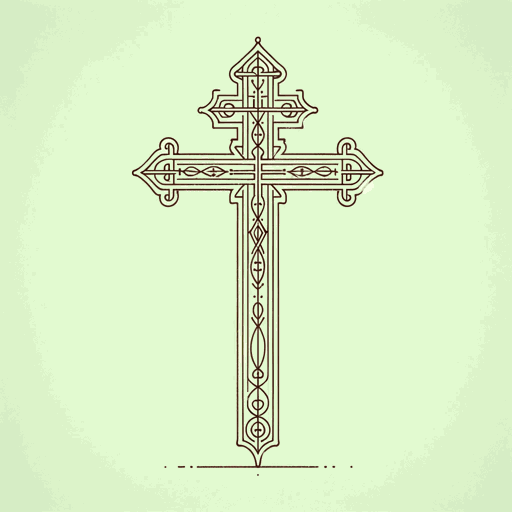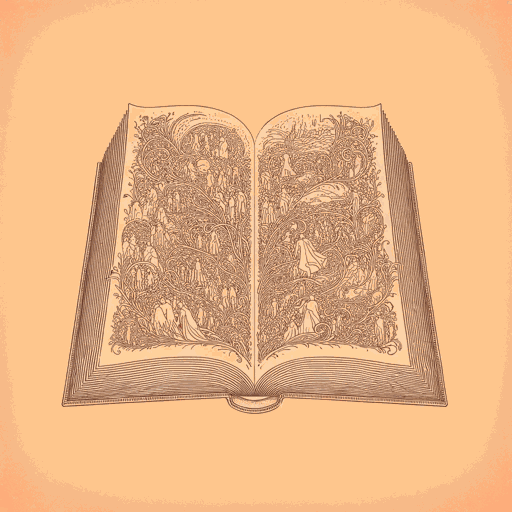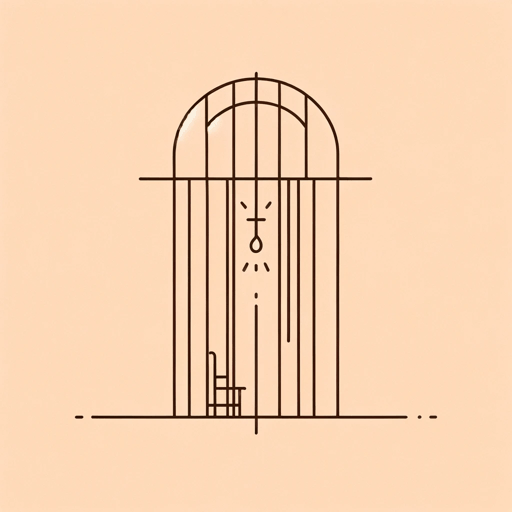24 pages • 48 minutes read
Leo TolstoyGod Sees the Truth, but Waits
Fiction | Short Story | Adult | Published in 1872A modern alternative to SparkNotes and CliffsNotes, SuperSummary offers high-quality Study Guides with detailed chapter summaries and analysis of major themes, characters, and more.
Background
Authorial Context: Leo Tolstoy
Tolstoy’s biography informs his literary work in many important ways. Born in 1828 to an old aristocratic family, Leo Tolstoy became one of the most famous and influential authors who has ever lived. He lost both of his parents at an early age and, together with his other siblings, grew up with relatives. In 1844, he went to Kazan University to study law and oriental languages, but he was more interested in pursuing the reckless and hedonistic life of the Russian aristocracy than in distinguishing himself academically. He soon abandoned his studies and returned to his family estate in Yasnaya Polyana near Tula, some 200 kilometers from Moscow.
In 1851, Tolstoy’s heavy gambling debts drove him to join the army. Tolstoy became an artillery officer and later a lieutenant in the Crimean War. This experience proved formative, giving Tolstoy the opportunity to observe and reflect on human nature in its many manifestations. At the end of the war, horrified by the number of deaths he had witnessed, Tolstoy left the army and turned seriously to writing. Between 1852 and 1856, he published his first major literary work, Childhood, Boyhood, and Youth. This semiautobiographical bildungsroman illustrates Tolstoy’s interest in simplicity and straightforward realism—interests that the author continued to nurture when, in 1855, he published his Sevastopol Sketches based on his experiences in the Crimean War.
Related Titles
By Leo Tolstoy

A Confession
Leo Tolstoy

Anna Karenina
Leo Tolstoy

Hadji Murat
Leo Tolstoy

How Much Land Does a Man Need
Leo Tolstoy

Master and Man
Leo Tolstoy

The Cossacks
Leo Tolstoy

The Death of Ivan Ilyich
Leo Tolstoy

The Kreutzer Sonata
Leo Tolstoy

War and Peace
Leo Tolstoy

What Men Live By
Leo Tolstoy

